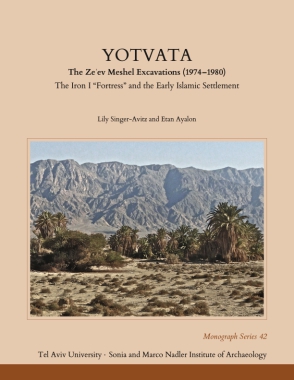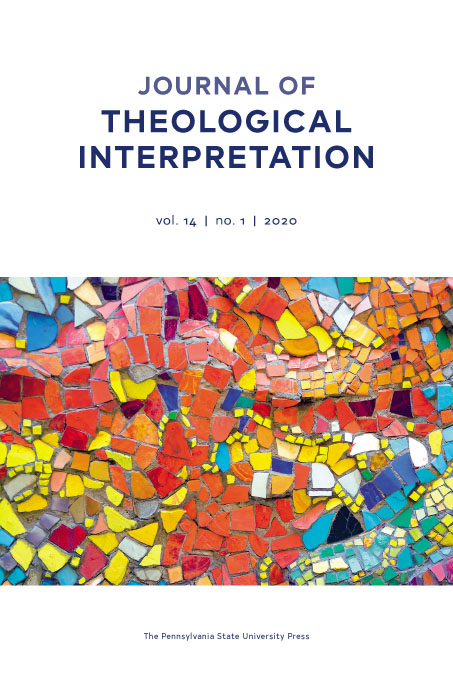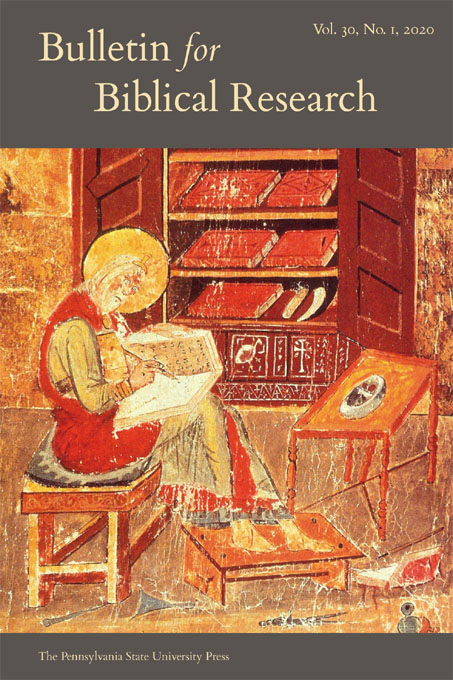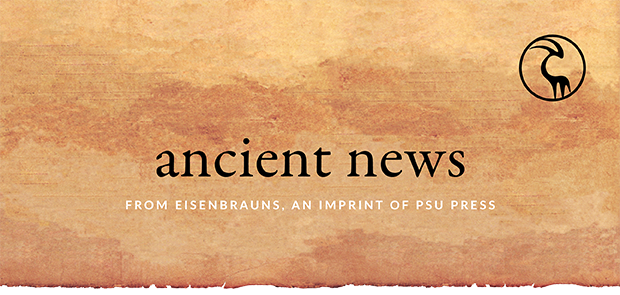
in this issue
general news
Welcome to the March issue of Ancient News!
We are attending the annual meeting of the American Oriental Society! Be sure to stop by our booth from March 10–14 to see what books we have available for purchase, or you can visit our AOS virtual exhibit store.
In this issue of Ancient News, we are featuring a Q&A with Etan Ayalon, one of the authors of Yotvata. Scroll down to read the conversation.
In sale news, we’re running a two-week sale on books in the Siphrut: Literature and Theology of the Hebrew Scriptures series. Use code SLTHS at checkout.
Enjoy!
siphrut series sale
Save up to 60% on books in the Siphrut: Literature and Theology of the Hebrew Scriptures series w/ discount code SLTHS. Sale ends 3/12.
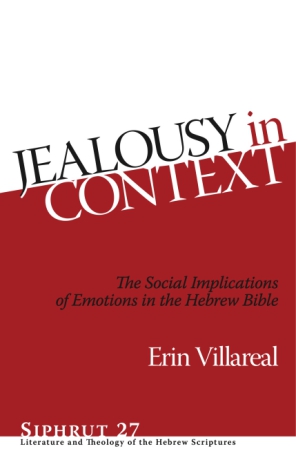
Jealousy in Context
The Social Implications of Emotions in the Hebrew Bible
$104.95 $62.97
Attested as both a human and a divine expression, the biblical Hebrew term qinʾâ is most often translated as “jealousy” or “envy.” In this study, Erin Villareal makes the case for reading qinʾâ as more than a simple reference to an emotion, instead locating the term’s origins in ancient Israel’s social and legal spheres.
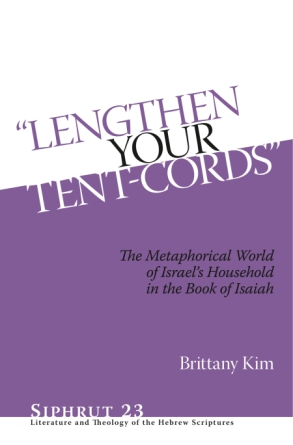
“Lengthen Your Tent-Cords”
The Metaphorical World of Israel’s Household in the Book of Isaiah
$69.95 $27.98
“This study contains well-written and scholarly honest exegetical discussions that might be of help for any scholar interested in these metaphors in the book of Isaiah. The use of recent publications in the detailed textual investigations is impressive. Several times this study opens up new vistas.”—Marjo C. A. Korpel, Vetus Testamentum
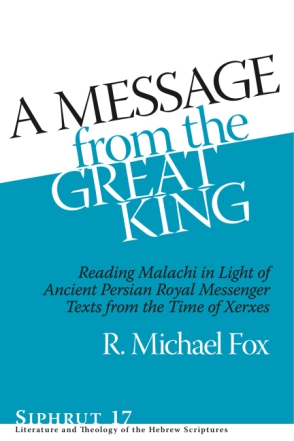
A Message from the Great King
$45.95 $22.98
“Fox provides a fresh reading of Malachi by constantly looking for words, concepts, and images that may allude to a Persian background. It is an important task of the historical-critical enterprise to reconstruct the meaning of the metaphors in the time of the first addressees of the text. Further, it is certainly worth exploring what kind of associations an ancient reader in the Persian province of Yehud had when reading the text. Fox chooses to do so by taking the role of a messenger as the root metaphor.”—Aaron Schart, Review of Biblical Literature
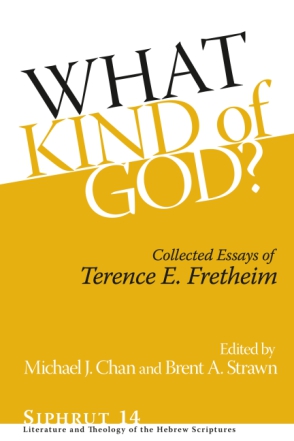
What Kind of God?
Collected Essays of Terence E. Fretheim
$67.95 $40.77
Terence E. Fretheim has long been a leading voice in Old Testament theology. In this volume, thirty of his classic studies have been gathered together for the first time. Here readers can find a compelling answer to the question that has motivated Fretheim’s work for more than forty years—namely, what kind of God is the God of Scripture? The studies are introduced by a critical overview of Fretheim’s career and theology by the editors and a retrospective by Fretheim himself.
new books
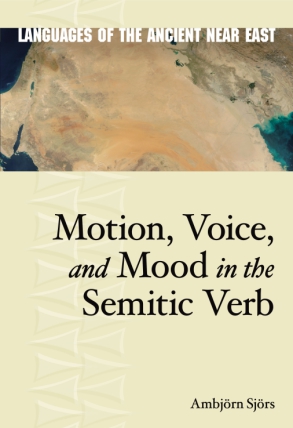
Motion, Voice, and Mood in the Semitic Verb
Henning Ambjörn Sjörs
“The formal connection of morphemes such as those between the Akkadian ventive and the Arabic energic has long been recognized, but a coherent description of the functional derivation has been lacking until now. Motion, Voice, and Mood in the Semitic Verb fills this gap in our understanding.”—Rebecca Hasselbach-Andee, author of Classical Ethiopic: A Grammar of Gəˁəz
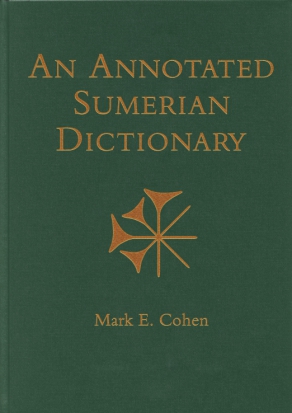
An Annotated Sumerian Dictionary
Mark E. Cohen
Sumerian was the first language to be put into writing (ca. 3200–3100 BCE), and it is the language for which the cuneiform script was originally developed. Even after it was supplanted by Akkadian as the primary spoken language in ancient Mesopotamia, Sumerian continued to be used as a scholarly written language until the end of the first millennium BCE. This volume presents the first comprehensive English-language scholarly lexicon of Sumerian.
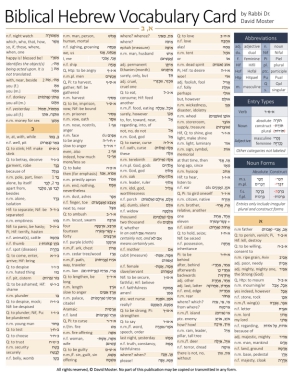
Biblical Hebrew Vocabulary Card
David Moster
The Biblical Hebrew Vocabulary Card provides learners with easy access to the words that appear on almost every page of the Hebrew Bible. This six-page trifold study guide translates 1,600 of the most common words in the Hebrew Bible, arranged alphabetically, with straightforward and precise definitions. Along with the Biblical Hebrew Grammar Card, this card will provide a reliable and easy-to-use reference for students of Biblical Hebrew.
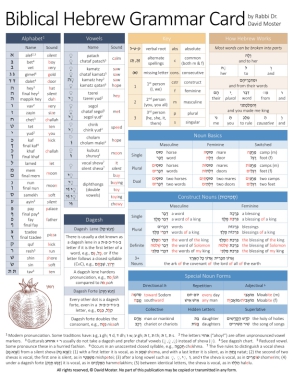
Biblical Hebrew Grammar Card
David Moster
Appropriate for beginning and advanced students of Biblical Hebrew, this easy-to-use reference guide provides a concise summary of basic grammar concepts in an accessible format. Condensed into a six-page trifold format, the Biblical Hebrew Grammar Card neatly presents topics such as prefixes, nouns, adjectives, and suffixes, as well as numbers, weights, and measures. The verb charts are straightforward and comprehensive, with hundreds of examples organized according to stem, tense, and root.
author q&a
Etan Ayalon, co-author of Yotvata: The Ze'ev Meshel Excavations (1974–1980): The Iron I “Fortress” and the Early Islamic Settlement, joined us for a Q&A to discuss the current field of archaeological research and his current projects.
Can you tell us about your current research, and how you became interested in the topic?
My part of this new book deals with the Early Islamic agricultural estate unearthed at the Yotvata oasis in southern Israel. As a B.A. student, I joined Dr. Ze’ev Meshel in his field work at that site. I had already worked at other Late Antique sites, so while he conducted the excavation of the Iron Age “fortress” in another location at the oasis, he invited me to lead the survey and dig of the Early Islamic complex. The well-planned central building, with its special finds (including, for example, relatively unknown pottery vessels and Arabic inscriptions on animal scapula bones), fascinated me. In subsequent years I have worked at other sites of that period, but nothing compares with the Yotvata complex. It took many years to publish it, but now it has been done.
How has technology affected your research over time?
The excavation took place about 40 years ago, when the use of advanced technology in archaeology was rather limited and concentrated mainly in the identification of flora, fauna, and metal objects. Still, in this report we included tests made on several dyed textiles (which survive almost exclusively in the arid zones of Israel) and especially petrographic analysis of crude handmade pottery vessels. These are known from several contemporary sites in Israel and Jordan, but the assemblage found in Yotvata is one of the largest, and it is the first time that more than 20 handmade sherds have been examined in this manner.
How do you anticipate your research will help inspire other research in the field?
In recent decades there have been great advances in archaeological research of the Early Islamic period in Israel, owing to the excavations at cities such as Ramla, Tiberias, and, of course, Jerusalem, as well as smaller industrial and agricultural sites. However, no other estate such as that at Yotvata, which probably belonged to an elite Muslim family and was the center of a large system of irrigation qanats, has yet been investigated. Therefore the publication of this settlement and its outstanding finds will no doubt inspire the research of Early Islamic sites both in Israel and in neighboring countries.
new from psu press
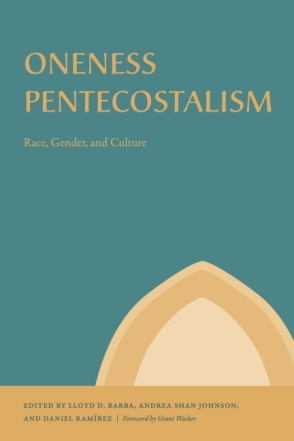
Oneness Pentecostalism
Race, Gender, and Culture
Edited by Lloyd D. Barba, Andrea Shan Johnson, Daniel Ramírez, and Foreword by Grant Wacker
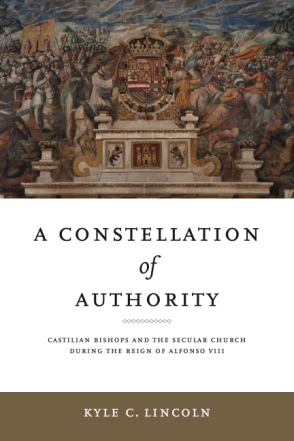
A Constellation of Authority
Castilian Bishops and the Secular Church During the Reign of Alfonso VIII
Kyle C. Lincoln
| Control your subscription options |
